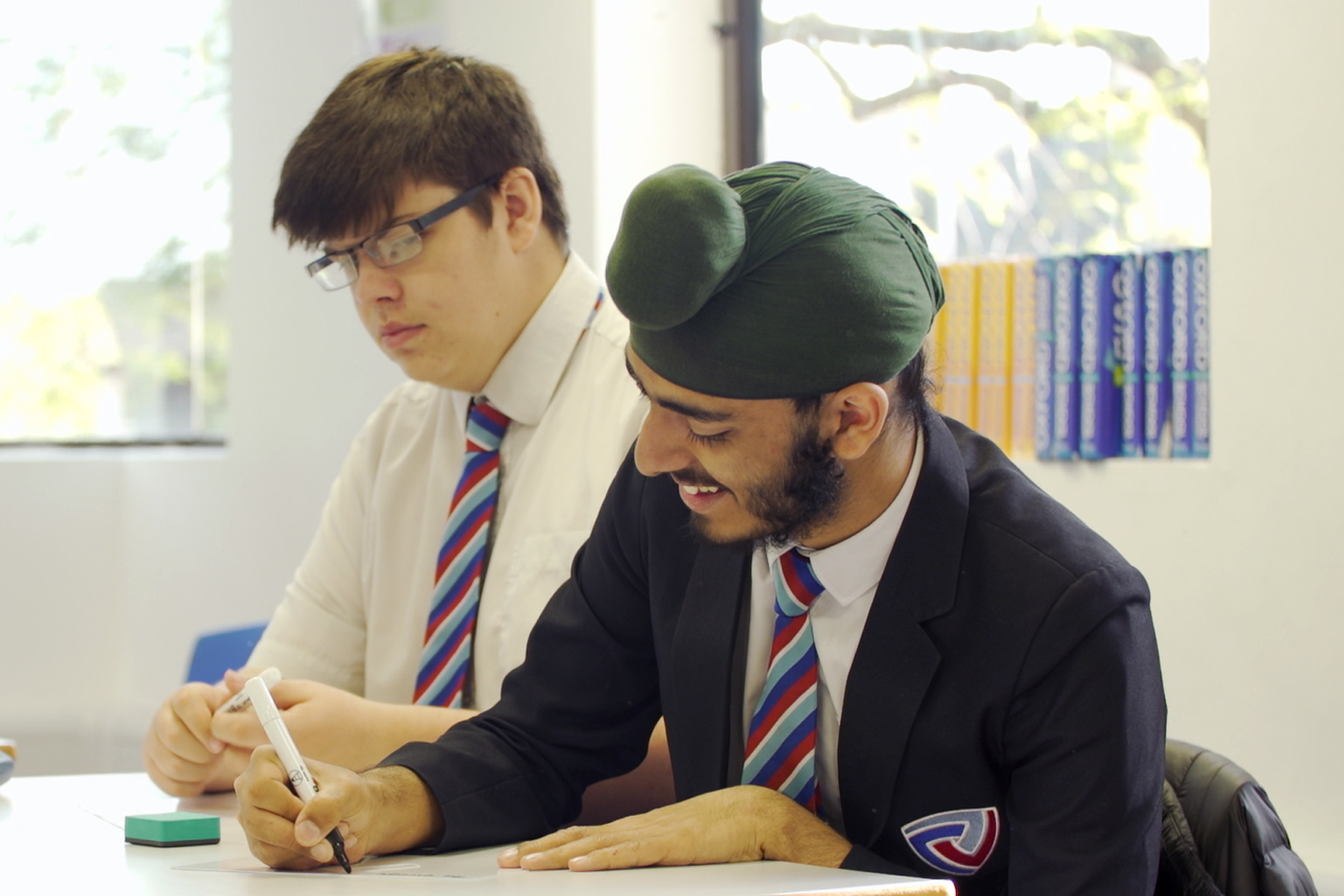Fewer than 1% of GCSE students in England study a book by a writer of colour

Less than 1% of GCSE students in England study a book by a writer of colour, and only 7% study a book by a woman.
This despite 34.4% of school age children identifying as Black, Asian and minority ethic.
The stark picture of under-representation in the teaching of English Literature – which is mandatory for every young person in the UK up the age of 16 – was revealed by research commissioned by Penguin and race equality think tank The Runnymede Trust.
Teachers cited issues including a lack of time, resources and confidence in talking about race in the classroom as some of the main barriers to teaching a wider range of literature, meaning that focus remains on texts that have filled the syllabus for decades.
Further findings showed that 82% of the young people surveyed nationwide said that they did not recall ever studying a book by a Black, Asian or minority ethnic author. Seventy per cent agreed that diversity is part of British society and should be represented in the school curriculum.
Although the initial scope of the research did not include looking at gender, analysis of the data also revealed significant under-representation in the curriculum for books by a woman, with only 7% of students in England answering an exam question on a book by a woman at GCSE, and of that just 0.1% on Anita and Me – the only novel by a woman of colour.
The findings are part of a campaign call Lit in Colour, a partnership between Penguin and The Runnymede Trust to help support schools to diversify the teaching of English literature.
As part of Lit in Colour, Penguin will donate 60,000 books to schools across the country this autumn to improve students’ access to texts by writers of colour, to help meet a widespread desire for change from both teachers and young people.
High profile authors who have already lent their support to the campaign include Empireland author and journalist Sathnam Sanghera, poet Benjamin Zephaniah and Booker Prize-winner Bernardine Evaristo, who writes in her introduction to the report of the “huge potential for emotional, intellectual and imaginative growth” a more diverse syllabus would offer students.
Tom Weldon, CEO of Penguin Random House UK, said: “Books create belonging. They help us see each other and understand one another. Yet our research has revealed that barely any young people have the chance to study books which reflect the rich diversity of the society we live in.
“Changing this is a complex and multi-layered challenge, requiring collaborative action from many different groups across the education sector – from teachers, to publishers, to examining bodies. We hope this is where Lit in Colour can play a key part: by bringing together the expertise, resources and platforms of partners to tackle these issues together.”
You can read the full report, and much more about the campaign, including how you can get involved, on the Lit in Colour landing page.